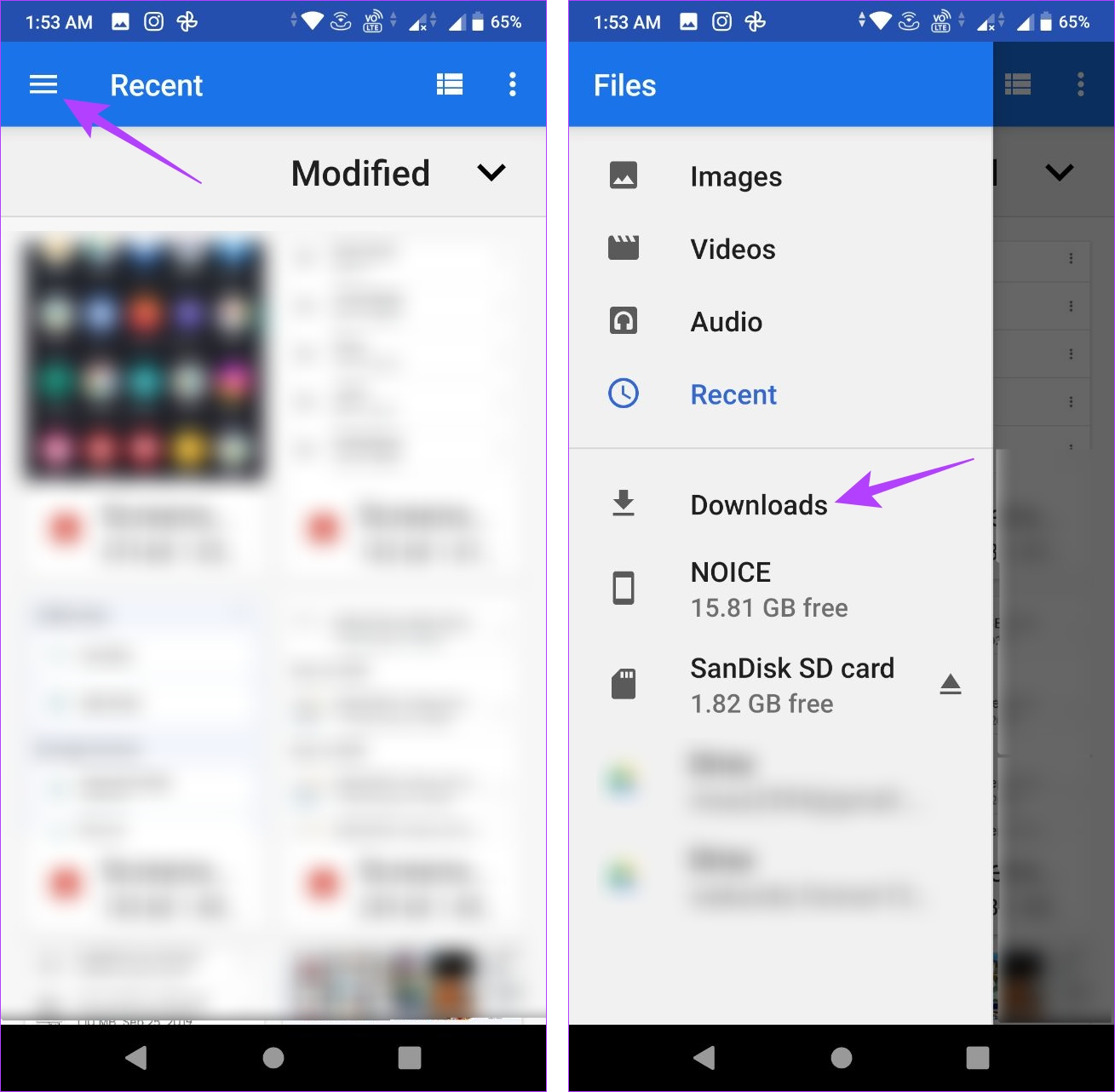Examine This Report on tablet pc phone android
Examine This Report on tablet pc phone android
Blog Article
Downloading and install files on your Android tool is straightforward, but situating them can be a trouble. Prior to you recognize it, images, videos, screenshots, and other documents clutter your phone. You require to recognize where those downloads went so that you can remove unnecessary papers that are using up room on your phone.

If you're having trouble situating a vital data that seems to have actually vanished right into thin air, fear not! This overview is below to assist you track it down and get your Downloads folder in order. Whether you're a proud proprietor of among the top-rated Google Pixel phones or one more Android tool, we'll reveal you how to quickly locate your downloads and keep them nicely arranged.
Find your downloads with the default documents manager
Every phone maker may supply a distinct pre-installed Android application for arranging documents, yet your usage ought to be comparable. If you have a Samsung tool, you can consult our guide on locating downloads on your Samsung Galaxy phone.
Just like other prominent os, Android has actually a assigned Downloads folder for keeping data. To locate your downloaded documents on your gadget, comply with these actions:
1. Open up the Documents or My Files application from the home screen or application cabinet.
2. Search for a area called Downloads.
3. Touch it to see the documents you downloaded.
Utilize the Data by Google application for your downloads
If you're trying to find a easy and effective means to locate your downloaded and install documents on your Android device, think about using Data by Google from the Google Play Store. This app sticks out as a top option for its straightforward user interface and capability, making it an excellent alternative to any preinstalled data manager application on your device.
4. Open up the Data app.
5. Select the Browse tab at the bottom.
6. Tap Downloads.
7. Select the Download tab to see the files in that folder.
Locate your downloads manually
If you're not able to locate the Downloads folder on the primary web page of your file manager app, try accessing your phone's inner storage space rather. Right here's a detailed guide on just how to do it:
1. Open the Files app.
2. Select the Browse tab at the bottom.
3. Scroll down and go to Inner storage space.
4. Touch the Download folder.
Relocate your downloads to an additional area
Relocating files away from the Downloads folder is helpful for multiple factors, specifically for data consisting website of private or personal information. Putting these documents right into their folder maintains them protected and makes it tough to erase them mistakenly. It additionally prevents them from getting buried and blended with the various other arbitrary documents you download and install.
1. Open the Files app.
2. Navigate to your Download folder.
3. Tap the three-dot menu to the right of any file.
4. Choose the Move to option.
5. Tap Internal storage at the bottom.
6. Select any location or folder.
7. Tap Move here to transfer the file to that location.
You can also use the Copy to option and paste these files to another location. This allows you to create as many duplicates as you want without removing the original files from your Download folder.
View the exact location of your downloadsM/b >
At times, you might need to locate the Download folder click on the three-dot menu beside a downloaded file and select File info. For many up-to-date Android devices, the default path for downloads is/ storage/emulated/0/ Download. Although certain third-party web browsers could save files elsewhere, this is typically the primary download location.
Managing your downloads is easier than you think
The Files app by Google is an excellent choice for those who appreciate a straightforward file management solution. With its user-friendly interface and simple features, this app effectively categorizes your files into different types such as downloads, images, videos, and audio. Additionally, it provides the option to remove unnecessary files.
Speaking of tidying up, you can free up more storage space by learning how to delete unwanted WhatsApp media files. You can install an SD card on some Android devices if you're still short on space.
Report this page